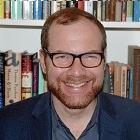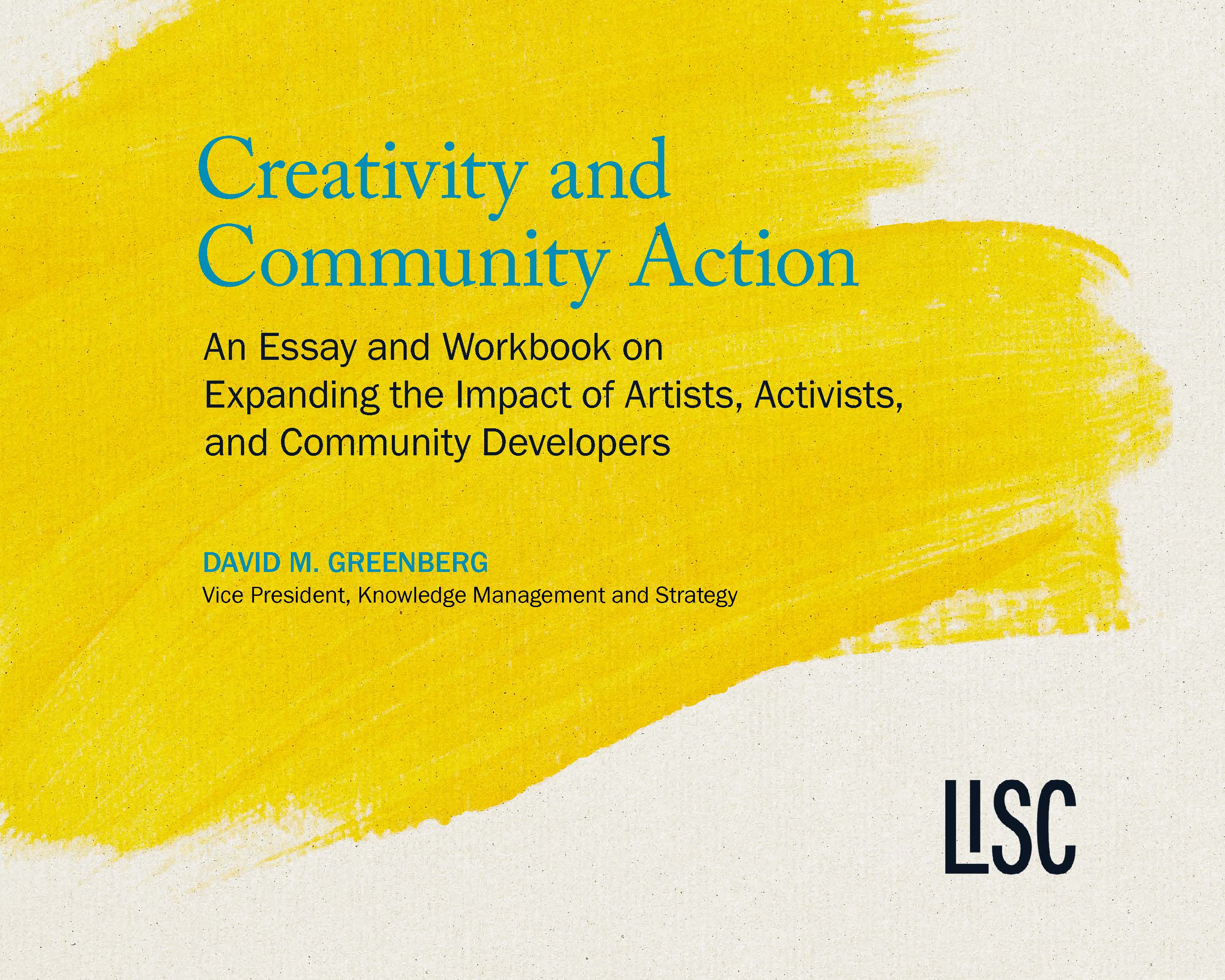David M. Greenberg, LISC’s VP for Knowledge Management and Strategy, and author of a new essay and workbook exploring the relationships between art and community development, poses a question to our field: what happens when we dispense with our outmoded silos and allow culture-making and social activism to graft? The possibilities are limitless and liberating.
We cherish the arts for providing sparks of creativity, hope, and resistance against everything that’s dehumanized in a culture riven by inequity—for giving voice to individual experience and the collective struggle toward justice.
The novels of James Baldwin and the poetry of Audre Lorde, for example, are valued for the deeply human light their work provides, the ways these lights expose white supremacy, sexism, and anti-LGBTQ+ hatred, and also for the authors’ roles in movements for liberation.
But when our broader culture elevates artists solely for the inspiration they provide, it risks placing them on a distant pedestal, removing art and its humanizing impact from the everyday, grinding struggle for social change – making art only a source of comfort, an experience of rest and entertainment. This fashionable elevation of “political” art ignores the ways that artist-activists themselves deeply interrogate what it means to intertwine the work of social and cultural change.
What if we couldn’t use the easiest, most comfortable words to describe the purpose of the arts in advancing a more equitable society? What if, as an experiment, we weren’t allowed to say that the arts inspire, provide hope, or further the imagination?
Instead, what if culture-making and activism were not thought of as wholly separate activities, but practices that could be genuinely integrated – with one enhancing the other – making our activism more creative, and our creativity more grounded and directed?
LISC has been a pioneer in creative placemaking, this attempt to integrate the arts with community development and activism to enhance their power and their ability to promote equity. Learnings and toolkits from our experiences and those of our partners were recently collected here.
Building on that work, and trying to learn deeply from artists and activists, Creativity and Community Action is an essay that thinks about ways to genuinely integrate the arts and activism. It argues that this integration can happen best when culture-making and community development are seen as a mutually beneficial set of practices – when collaborations between artists and activists may result in more creative community development, and also in more powerful art.
This essay first considers the contributions of community action to art through two parables—close readings of a poem and a painting that represent public housing transformation in Chicago. It “reads” Ed Roberson’s poetry and Kerry James Marshall’s paintings to understand how their art is more powerful because it genuinely engages history and community. It then explores a case study of the contributions of art to community action, examining the artistic and activist practices of Chicago’s Logan Square Neighborhood Association (LSNA)—how LSNA leaders enhanced their impact by integrating creative and cultural activities with their immigrant defense and economic justice work.
At the end, it provides a workbook for artists, activists, and community developers interested in collaborating, to consider how they may achieve more equitable and inclusive outcomes in both their practices.
This is the latest of several recent publications from LISC Research – please stay tuned for more from us, our partners, and our Creative Placemaking team on events and workshops on translating these insights into action.
ABOUT THE AUTHOR
 David M. Greenberg, VP of Knowledge Management & Strategy
David M. Greenberg, VP of Knowledge Management & Strategy
David is the vice president of Knowledge Management and Strategy for LISC, where he evaluates its impact in 33 cities and rural areas, and supports the learning and evaluation needs of local offices and national programs. Before LISC he was a Senior Associate with MDRC, directed policy and advocacy for a coalition of 90 community housing organizations in New York City and organized with homeless men and women in the municipal shelter system. He holds a Ph.D. in urban and regional planning from MIT, and is a part-time faculty member at The New School’s Milano School of Urban Policy.
@dvm_greenberg
